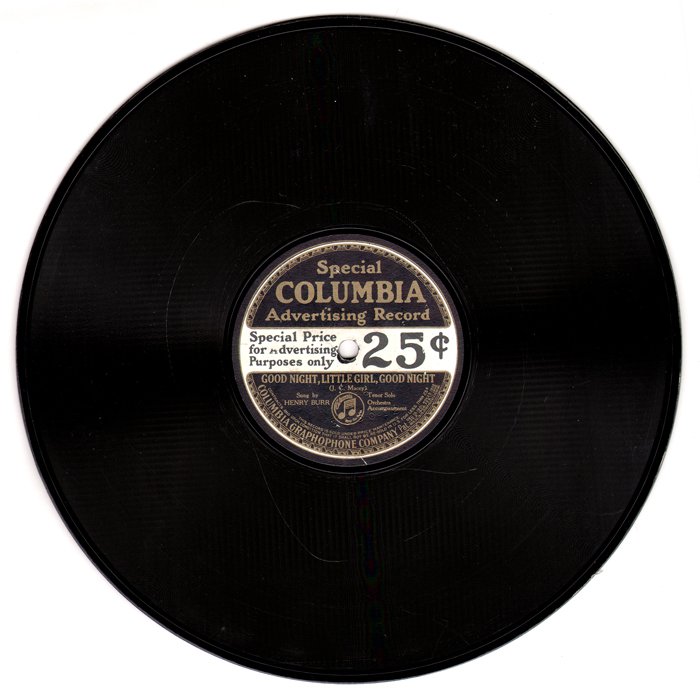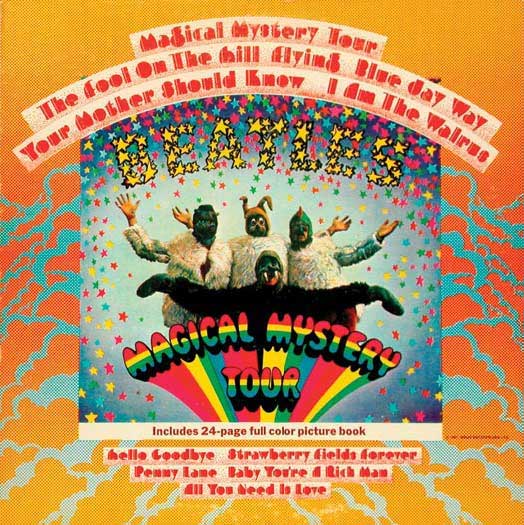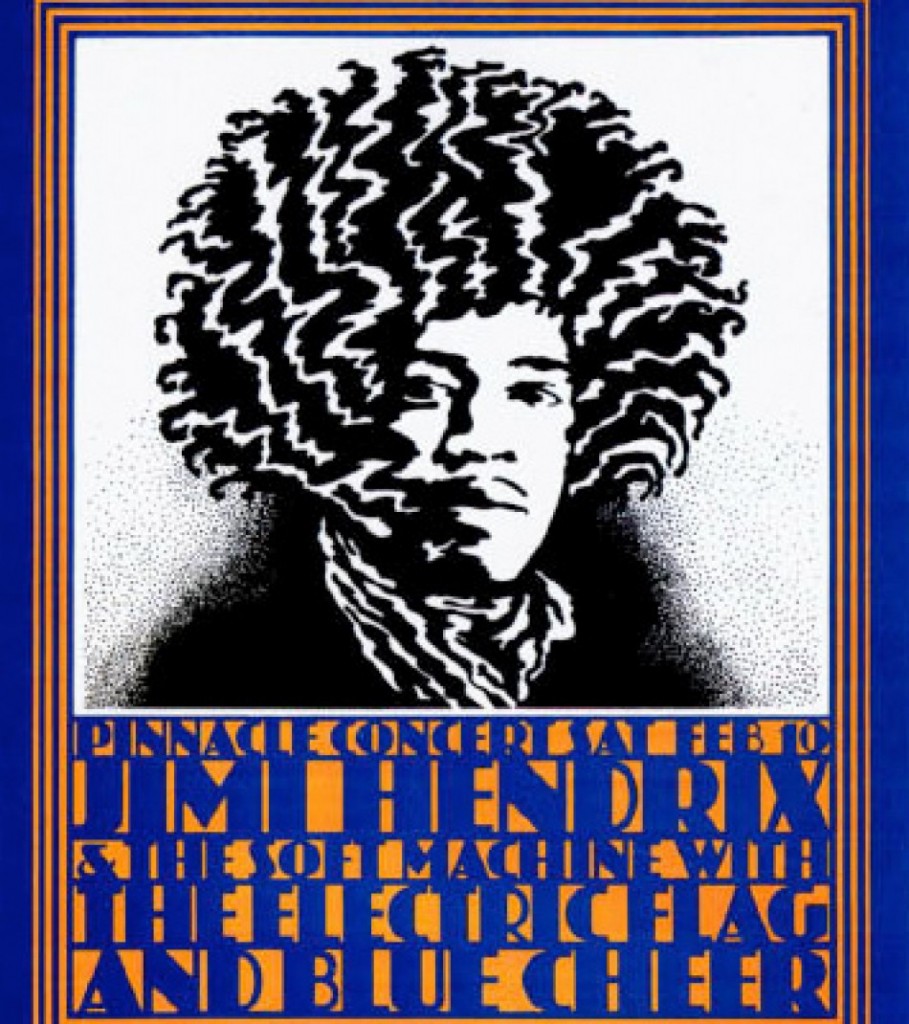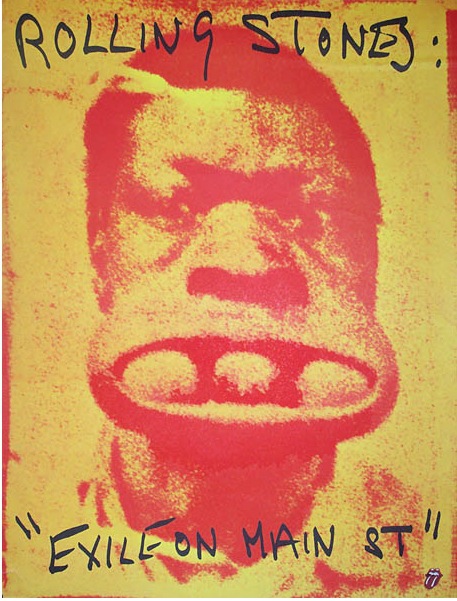It was a lot of money back then, and sampling has evolved to become a lucrative promotional vehicle for advertisers….
….”I really hate the way the money grubbers constantly peck aroudn the edges at things until they can wiggle their way into the good motherload. It’s so fucking American. Were such cheap-ass hustlers in our culture.”…
Art Chantry (art@artchantry.com):
If you look closely at this 78 rpm shellac record disk, you’ll see that it’s only 25¢! back when this was released, that was still a lot of money. This dates back to around the first decade of the last century and it cost a small fortune. But, you’ll also note that this is actually less than half the cost of a real record (which is indicated on the backside as being normally 65¢). Buying recorded music in the earliest days was very expensive novelty entertainment. In an era where musical entertainment consisted of a couple of folks in the family learning an instrument and the rest of the clan singing along to local favs (and the occasional purchased sheet music), the idea of listening to a machine for musical entertainment must have been bizarre and cool enough to actually spend this sort of money.

Art Chantry:there have 'soundalikes' for a long log time. i recall an advert that for a car commercial back in the early 80's that used a cover of 'do you wanna dance' sung by a better midler soundalike that was scary accurate (actually it was melissa manchester, who used to be in her backing band, the harlettes). midler sued over intellectual property (copying her exact style) and actually won. that's ended up saving a lot of artists' butts ever since (and screwing a lot of smaller performers butts as much as it stopped corporate sodomy.) so, this is pretty mixed territory. when it it stealing and when is it not? the lines are so ill-defined (and constantly changing) that there will always be a way to fudge it. i gave up on protecting myself years ago. i mean, i used found imagery! how do i protect my 'intellectual property, anyway? i now rely on the 'von dutch' philosophy. "fuck copyright. if you are so lame you need to copycat, that's fine. but, i'll just make more. you can't." click on image for more....
But, what I find especially interesting about this disk is that it’s the earliest record company SAMPLER I’ve ever seen. Throughout most of the history of recorded music (basically the last century), record companies constantly released low budget collections of music filled with tunes ‘sampled’ from other releases. They became a sort of ‘mix tape’ advertisement of the music industry. They were sold at extremely low prices (at 25¢, this sampler is how you probably didn’t cover expenses.) and the selections of music you get expose you the larger varied catalogue of music the record company was trying to sell.
In my youth, I relied upon samplers to find out what was going on cheaply. You could read all the Rolling Stone mags you wanted to, but until you heard the actual music, you really never can tell if you actually like the music. Warner Brothers (for instance) sold through mail order a series of sampler LP’s with goofy titles like “the big ball” and “hot platters” and “shlagers” (and covers designed by really great designers of the era like John Van Hammersveld). This effort was called their ‘loss leaders’ (because all these bands lost money ) and they used these these cheap disks (a two-record set for $1) to promote all sorts of odd music that really changed my way of thinking.
For instance, it’s the first place I ever heard Captain Beefheart or Alice Cooper or T.Rex or the GTO’s and even Jethro Tull. I was exposed to stuff as mainstream as Van Morrison’s more jazzy efforts and as outside the mainstream as the electronic experiments of Beaver & Krause. I even memorized the entirety of Ed Sanders’ delightful social commentary song, “The Illiad (the legend of johnny pissoff)”. For a dumb little kid, this was mindbending stuff and I went off on strange musical listening tangents for the rest of my life.

The B side. Art Chantry:one way they got around the public outrage at the 'commercialization of the beatles" in tv ads was they licensed the songs, but not the original performances. so, you hear beatles songs all the time, but performed by anonymous others. even more annoying is the licsencing of george harrison's beatles-era recordings to tv commercials. since they aren't technically 'lennon/mccartney' tunes, the public won't get as outraged? i really hate the way the money grubbers constantly peck aroudn the edges at thigns until they can wiggle their way intot he good motherload. it's so fucking american. were such cheap-ass hustlers in our culture. click on image for more:
So, the idea that catalog sampling for ad purposes was happening back at the very beginning of recording comes as a surprise, but, really not a surprise. If there’s money to be made, there’s advertising happening. And what better form of advertising is there than letting folks have a little taste, eh?
The front side of this 78 rpm disk is basically a sample of the high quality recordings being done by Columbia – they claim the very best being done anywhere. It’s a tinny tune sung by some pop tenor of the era with orchestration. A snoozer and very soft pablum.
But, like all efforts in the recording history, the best is on the b-side. to begin with, there is an huge oversized label chock full of fascinating sales pitch and technical data. There’s even a long listing of their “top tunes” (and a place reserved to write the new owner’s name – that being YOU!) The actual recording starts out with tinny trumpets announcing an arrival of importance. Then a stentorian voice (complete with rolling ‘rrrrr’s”) begins to TELL you how great the sound is and how wonderful this company is. Then they actually break down the music to SHOW you. They announce that you listen carefully to the piece of music about to play. First you can hear the violins start and then the banjo’s enter, followed by the tympanies and so on. It’s identical to the stereo sampler records released 60 years later, except done in caveman level low-fi technology. I
217;s a breakdown sampling process in reverse and with no ‘tape’ to chop up.
Hammersveld. clock on image for more...."Having designed both a Beatles album cover and a world-renowned movie poster would probably be enough for the average artist to consider him or her self a success. But for John, whether he knew it or not, it was only the beginning. Just as he had immersed him self in the surfing scene, John immersed him self in the music scene in the late ‘60 s, founding Pinnacle Rock Concert s, a concert promotion agency. He designed 19 concert posters between ’67 and ‘68, each more iconic than the last. his images of Jimi Hendrix, the Pinnacle Indian, and the Space Cowboy encapsulate the vibe of the era, and re-prints and re-imaginings of his concert posters continue to sell today. And then there was that whole Jefferson Airplane business. And the Rolling Stones’ Exile on Main Street album and accompanying ad campaign, which connected John to Mick Jagger. Which is why Jagger was wearing one of Van Hamersveld’s “Johnny face” t-shirts in a photo that appeared in New Music Express."
This was probably the earliest sort of efforts at taking apart music and then representing it as recorded sound – the magic of the studio recording taken apart. It’s may also be the most primitive effort at what eventually became hip-hop sampling. If you can’t lift little bits of music off of pre-recorded objects (tapes, disks), then you isolate those sounds by removing orchestration intentionally when recording. They did this here in reverse – starting with one instrument and then building a full orchestra. Not all that different than today, just really really primitive.
—
This sort of brings me around to a phenom i’ve noticed that really annoys me. The geniuses behind tv commercials have found somebody out there who specializes in re-creating the style and sound of hit performers well enough to re-create their music copyright free for use in advertising. Basically, they take apart a hit song, keep a piece of a riff here, a guitar sound there. A little drum style and maybe a orchestration gimmick. Then they make a NEW song that sounds just like that performer – but it’s NOT.

---click on image for more..."And hey, did you know that John also designed the original trademark for Star Wars? They ended up tweaking his design just enough so they didn’t have to pay him, but back in the day he used to hang with George Lucas and even attended a few Star Wars production meetings with other like-minded artists. Of course, when I find this out in the interview I can’t help but get sidetracked with nerdy questions about Luca s, but we eventually move into the ‘80s, when John moved from drawing into architecture, got into computers, and tarted focusing on developing trademarks and signage for companies like Contempo Casuals and the Broadway Deli, which led to being commissioned to design a mural for the ‘84 Olympics that wrapped halfway around the L.A. Coliseum."
This morning, i was tricked by NOT a T.Rex song in a commercial. It hooked me and my lizard brain thought – “ohhh…. T.Rex! cool. I like.” then I saw the soap advert or whatever and got pissed by the trickery. Yesterday i got snagged by NOT ‘”backstreets” by Bruce Springsteen and NOT ‘Gimme Shelter” by the Rolling Stones.
Over the last few months, i’ve been tricked by NOT the Clash, NOT Abba, NOT the Ramones, NOT Buzzcocks, NOT Stiff Little Fingers. I’ve been fooled by all the NOT the Beatles that you can shake a stick at. Ian, every time it happens it really pisses me off. it makes me HATE that product being sold. It makes me really hate music in general.
This is the latest permutation fo sampling that began way back with ad efforts like this stupid 78 rpm disk I show you. The efforts to take samples of other people’s music to make money without having to pay the performer has come to these generic re-creations that are staggeringly good and convincing – at first. But, not good enough to result in copyright infringement. Whoever is the outfit that figured out to do this trick so well must be one of the hottest companies in the ad industry right now. They’re really good. And I hate their guts.

Barlow:Now, as information enters cyberspace, the native home of Mind, these bottles are vanishing. With the advent of digitization, it is now possible to replace all previous information storage forms with one metabottle: complex and highly liquid patterns of ones and zeros. Even the physical/digital bottles to which we've become accustomed - floppy disks, CD-ROMs, and other discrete, shrink-wrappable bit-packages - will disappear as all computers jack-in to the global Net. While the Internet may never include every CPU on the planet, it is more than doubling every year and can be expected to become the principal medium of information conveyance, and perhaps eventually, the only one. Once that has happened, all the goods of the Information Age - all of the expressions once contained in books or film strips or newsletters - will exist either as pure thought or something very much like thought: voltage conditions darting around the Net at the speed of light, in conditions that one might behold in effect, as glowing pixels or transmitted sounds, but never touch or claim to "own" in the old sense of the word. click on image....
Read More:http://www.3rdearmusic.com/forum/forumfeb03/copyright.html





 COMMENTS
COMMENTS